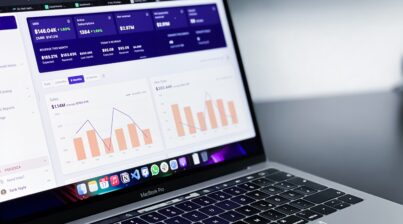Unfortunately, not having formal education or experience in tech is no longer an excuse. Technology is engrained in almost every aspect of our lives and even changing the way we work. We all have to be digital communicators, software developers, UX designers, and data scientists.
As HR professionals, the tech world can seem like you got sucked up in a tornado and dropped in the land of Oz. Most of us have been there. The current HR system isn’t working and you’re tasked with finding a new human resources management system (HRMS). So you google “HR systems” and every meta description that pops up (that little summary under the website title on your Google search results) includes the words “SaaS provider”.
What is SaaS?
SaaS, pronounced like “sass”, stands for software as a service. It’s one model for how tech companies can distribute their software products. This type of distribution allows for the system and the data it holds to be accessed from any internet-enabled device. SaaS is also commonly referred to as “web-based platforms”.
With the SaaS model, the provider holds all the data on servers they own. This takes the burden away from you to maintain and secure the servers which can be risky if not taken seriously. Though, this still doesn’t relieve you of the responsibility of data privacy and security. You, as the licensee of the software, still have a responsibility to ensure you have secure processes to get the data entered. It’ll be important to outline who has access to what and why. Especially in HR, your HRMS will house some of the most sensitive data in the company.
It’s not as foreign as you may think.
This all may sound like a whole other universe to you, but we promise you’ve interacted with SaaS before. That mysterious “cloud” your iPhone photos automatically upload to or the Google Drive you share with your colleagues to collaborate can all be considered SaaS. Google and Apple are providing an internet-based software service to help make your life easier.
SaaS seems to be everywhere but there is still an alternative. You can keep your systems and data on-premise. This basically means you buy (or build if you want to take on that undertaking) the software and it is downloaded. The product is then fully managed by your developers and only accessed through your organization’s network. It could pose a challenge for remote employees to seamlessly access the systems.
As always… do your research.
There are pros and cons to SaaS and you have to take the time to assess the needs of your organization. Everything from the size of your employee population to your organization’s data and systems maturity should be taken into consideration. Just make sure to do the research. Migrating from one system to another and the overall implementation process isn’t easy and you won’t want to do it over.
Looking for a solution to manage your HR data all in one place? Sign up today for a free demo of our HR dashboard.












